METZ CONNECT Cables and wires
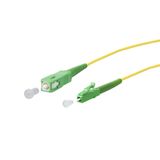
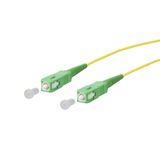
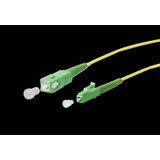
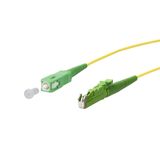

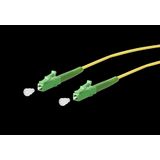
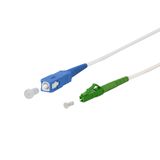

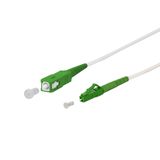
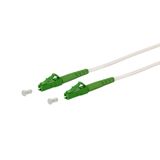
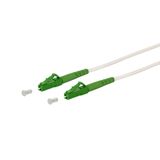



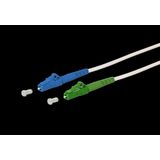


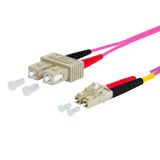


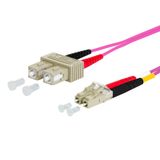
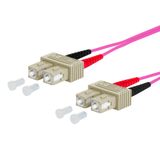
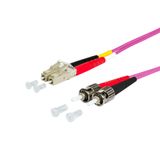
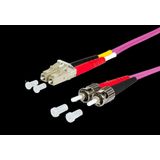
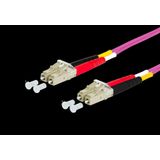
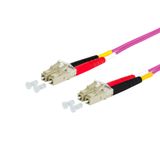
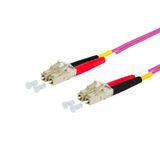

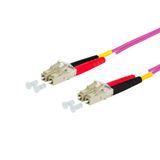

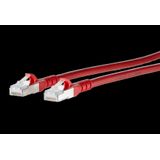
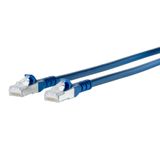
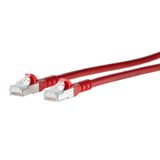
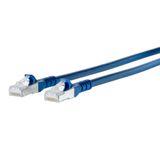
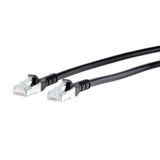
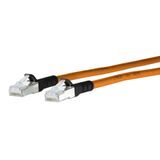
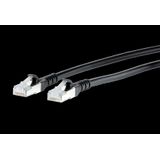


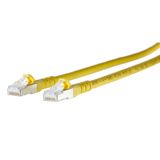


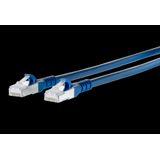
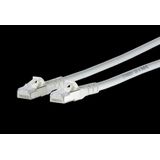

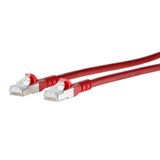
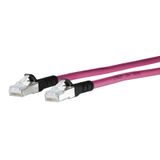
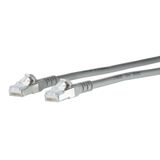
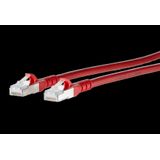


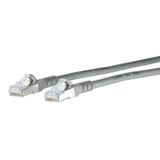
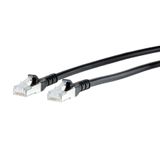
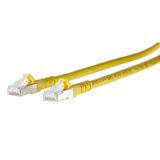

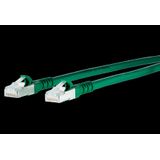
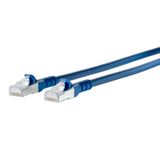
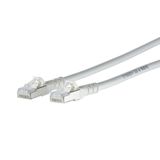
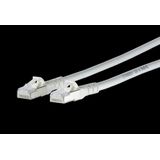
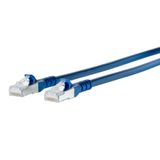
METZ CONNECT Cables & Wires – Future-Ready Wiring Infrastructure
When you’re specifying cabling for commercial, industrial or building-automation systems, the category metz connect cables and wires represents a professional backbone. METZ CONNECT describes its “Cables and wires” range as being “optimally tailored to the requirements of all structural levels of local networks” — covering copper, fibre-optic and industrial cabling.
From a procurement and engineering view: choosing METZ CONNECT cables and wires means you align with a brand that emphasises quality (they issue up to 25-year product guarantee) support for future speeds (10 Gbit plus)and system-level compatibility. That simplifies spares, documentation and lifetime service.
METZ CONNECT Power Cables – Heavy-Duty Conductors for Power Distribution
Under the keyword metz connect power cables you’ll typically find feeders and mains cables rated for higher voltages, large cross-sections and industrial environments. While METZ CONNECT emphasises data and network cables, their cable & wires platform indicates high-performance for “building automation”, “industrial automation” and “power connections”.
For specification: verify conductor cross-section (e.g., 2.5 mm² up to 35 mm²+), insulation type (PVC, MV, XLPE), voltage rating (0.6/1 kV etc), temperature rating, tray/conduit compatibility and fire/halogen-free ratings. Standardising on METZ CONNECT power cables ensures alignment of documentation, spare parts and standards across the install.
METZ CONNECT Installation Wires – Fixed Wiring for Buildings & Automation
The term metz connect installation wires refers to cables intended for fixed building installation: wall cavities, conduits, risers and automation wiring. METZ CONNECT lists “Installation cables copper” with twisted-pair and shielded variants, as well as fiber-optic, boasting Cat.6A, Cat.7, Cat.7A performance classes.
In practice: you specify insulation class (LSZH, FR), voltage rating (300/500 V, 450/750 V etc), conductor class (solid vs stranded), bend-radius for routing, and compliance (EN 50575 for fire classification). Using METZ CONNECT installation wires aligns the wiring infrastructure with structured cabling and readiness for smart building services.
METZ CONNECT Flexible Cables – Routing & Movement Ready Wiring
When wiring requires flexibility (machine tools, data centres, raised floors, service access) then metz connect flexible cables come into play. While less prominent in public literature, METZ CONNECT supports industrial cable variants designed for bend-radius, drag-chain and vibration tolerance (see their M12 industrial connection cable range).
Specifier note: verify conductor class (e.g., 5 mm² stranded), outer sheath material (PUR, TPE, PVC), flexibility rating (flexing, torsion), temperature range (–40 °C to +80 °C+), and certification for continuous motion. Standardising on METZ CONNECT flexible cables reduces the risk of routing failures and vendor diversity in high-dynamic installations.
METZ CONNECT Control Cables – Signal, Automation & Data Wiring
The keyword metz connect control cables captures signal-level cabling used in control systems, automation panels, sensors/actuators. METZ CONNECT’s building cabling documentation emphasises copper/fiber solutions for “building automation … remote powering … HDBaseT”
In project design: check conductor count (e.g., 2-core to multicore), shielding needs (S/FTP, F/UTP), voltage rating (<300 V standard), certification (e.g., EN 52025), and compatibility with connectors/terminal blocks in the brand’s ecosystem. Using METZ CONNECT control cables lets you unify signal wiring and network wiring under one brand.
METZ CONNECT Wiring Systems – Holistic Infrastructure Solutions
Finally, metz connect wiring systems covers the overall ecosystem: cable + connectors + trunking + patch panels + field terminations. Their website highlights “we provide system components from field to data-centre, from copper to fibre”
For larger installations: define zone-based wiring systems, future capacity (e.g., 4PPoE up to 100 W, termination methods, labelling and spare path capacity. Specification under one brand (METZ CONNECT) across wiring systems ensures long-term maintainability, traceability and fewer mid-life surprises.
Buyer Checklist & Specifier Guidance
- Conductor size & rating: For power cables ensure correct cross-section and voltage rating; for signal/control cables ensure core count and shield/insulation match.
- Material & environment: Outdoor, industrial or flexing runs require PUR/TPE sheaths; indoor fixed runs may use PVC or LSZH.
- Performance classes: For installation wires check Cat.6A, Cat.7, Cat.7A; for heavy power cables check manufacturer’s load capacities. METZ CONNECT lists these categories.
- Brand ecosystem & compatibility: Using METZ CONNECT across cables, wires, connections and systems simplifies documentation, spares and training.
- Standardisation & future-proofing: Choose cables for today’s load + 20–30% head-room; ensure data cables support 10 Gbit+ and PoE as METZ CONNECT emphasises
- Common mistakes to avoid:
- Installing generic cable with wrong rating → heat/failure risk
- Mixing brands for cable and connector systems → mismatch and service complexity
- Ignoring environment (temperature, UV, chemical) → premature degradation
- Failing to plan for capacity upgrades → costly rewiring
Wholesale & B2B Supply — Bank of Lamps
For system integrators, electrical contractors, automation installers and procurement professionals: the METZ CONNECT cables & wires category is a smart choice.
We provide:
- Full range of METZ CONNECT cables and wires: power feeders, installation wires, flexible cables, control/signal wiring.
- Project pricing and specification support (datasheets, performance charts) aligned with METZ CONNECT’s system-oriented approach.
- Logistics across Europe (including ) — reliable stock, support for bulk orders and replacement batches.
If your project demands cable infrastructure where performance, compatibility and future capacity matter — selecting METZ CONNECT wiring via Bank of Lamps ensures brand continuity, technical clarity and system-level readiness.